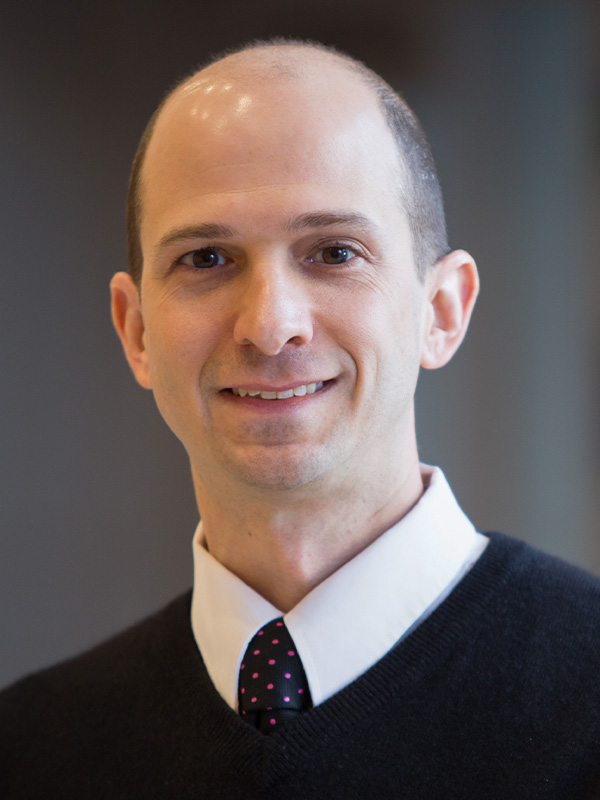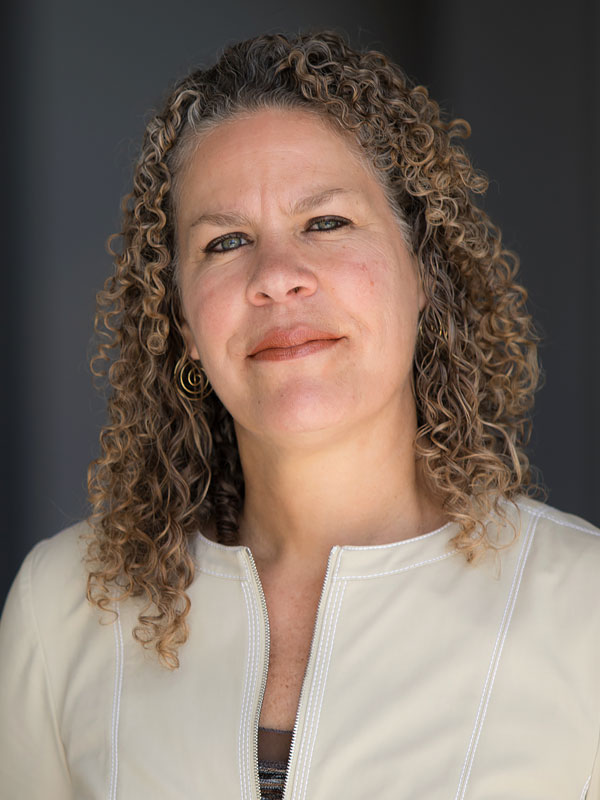
Photo courtesy of Einstein Division of Substance Abuse
May 17, 2015 - BRONX, NY - Across New York City and throughout the United States, opioid addiction and opioid overdose deaths have increased rapidly; it is estimated that these rates have tripled over the past decade. Integrating buprenorphine maintenance treatment into primary care has increased patients’ access to opioid addiction treatment, however some buprenorphine patients continue to abuse opioids despite the availability of medical management.
A new research study led by Dr. Aaron Fox, Assistant Professor of Medicine and a clinician-investigator in the Division of General Internal Medicine, seeks to improve the effectiveness of buprenorphine treatment within primary care by offering counseling and treatment to multiple patients simultaneously in groups. “We predict that participants in a group-based model will have higher abstinence rates, fewer HIV risk behaviors, greater satisfaction with their treatment, and higher attendance at clinic appointments than their counterparts,” Dr. Fox said.

Aaron Fox, MD, MSDr. Fox, along with co-investigators Dr. Chinazo Cunningham, Professor of Medicine, and Dr. Jeffrey Gonzalez, Associate Professor of Psychology, Medicine, and Epidemiology & Population Health, are interviewing buprenorphine providers and patients to tailor the components of their group-based intervention and develop a guide for providers to run structured buprenorphine group medical visits.
The group-based model will be piloted and tested in a randomized controlled trial alongside standard office-based buprenorphine treatment at the Montefiore Comprehensive Health Care Center, located in the Morrisania secton of the Bronx. A total of eighty participants will participate in the study, with forty assigned to group medical visits and forty remaining in treatment with their primary care physicians.
The Opioid Addiction Crisis

Chinazo O. Cunningham, MD, MSIncreased prescribing of opioids over the past decade has been a major contributor to the crisis. Efforts to reduce inappropriate prescribing of opioid painkillers, including requiring prescribers to utilize the state prescription monitoring program I-STOP, have been an important step in reducing opioid overdose deaths. However, with limited access to opioid pain killers, some individuals with opioid addiction may be switching to heroin, and deaths from heroin overdoses have been increasing in New York City, according to Dr. Fox.
Access to office-based buprenorphine treatment and methadone maintenance treatment may have lessened devastation from heroin use and overdose deaths in the Bronx compared to that occurring in areas such as Vermont and Appalachia. Also, sterile syringe exchange programs in the Bronx may have helped prevent an HIV outbreak like the one in rural Indiana. However, Dr. Fox commented, there continues to be a high need for opioid addiction treatment, including both office-based buprenorphine treatment and methadone maintenance treatment.
Balancing Autonomy and Support

Jeffrey S. Gonzalez, PhDBuprenorphrine, an opioid agonist, enables individuals who are dependent on prescription painkillers, heroin, and other opioids to stop using drugs without experiencing cravings or withdrawal. It is co-formulated with naloxone, an opioid blocker that causes immediate withdrawal if injected, making it safer to provide patients with take-home doses. Unlike most methadone programs, which often require daily clinic attendance, buprenorphine patients typically see their physician monthly for counseling and receive prescriptions for buprenorphine that may be filled in community pharmacies. However, many buprenorphine patient need additional psychosocial support during treatment, including support from peers in recovery from addiction.
"Taking buprenorphine and attending monthly 15-minute visits for counseling in primary care does not seem to be enough to help some patients reach their goal of abstinence from illicit opioids, and referring patients for additional addiction counseling is challenging because access may be limited or not covered by insurance," said Dr. Fox. "The group medical visits will allow us to offer more structure, support, and more intensive behavioral interventions within the primary care setting without the need for referral."
Strength in Numbers
Group-based counseling has been a mainstay of addiction treatment, and group medical visits have been increasingly used to improve outcomes in patients with chronic medical conditions such as diabetes and depression. Group medical visits, which generally provide individualized medical management and disease-specific education, teach self-management skills, and encourage peer support, may be an effective and efficient way of combining medical and behavioral interventions in primary care.
Results of the study will be used to standardize protocols for the buprenorphine group medical visit and examine its effectiveness at improving abstinence, reducing HIV-risk behaviors, and encouraging buprenorphine patients with ongoing opioid abuse to remain in treatment. Additionally, Dr. Fox hopes that the study can also bring attention to the stigma regarding addiction and treatments like buprenorphrine or methadone. "It’s important to demonstrate to policy makers and the public that these treatments are effective and help people to regain control over their lives. We'd like to tailor these treatments to the needs and preferences of people who are addicted to opioids, so they will be utilized and valued," he said.